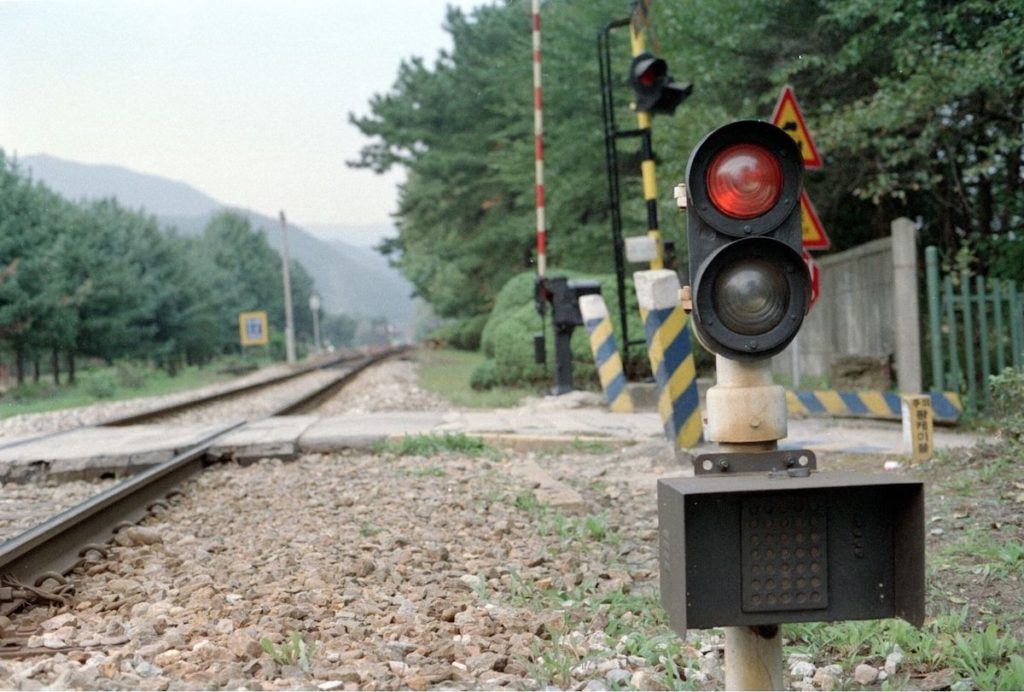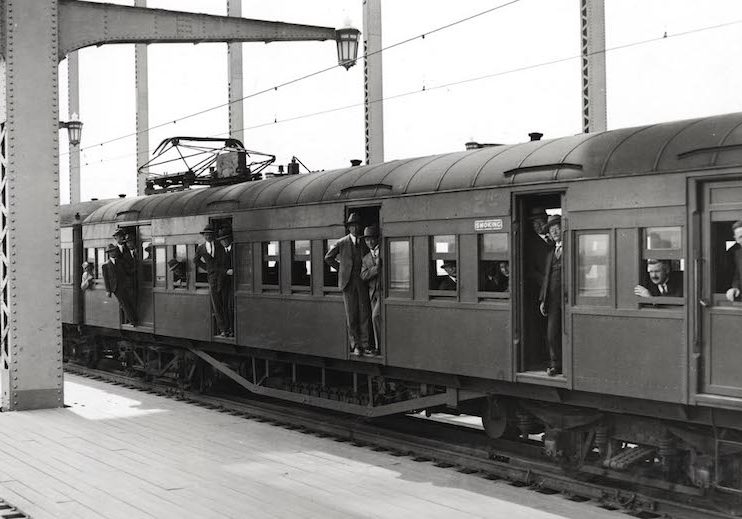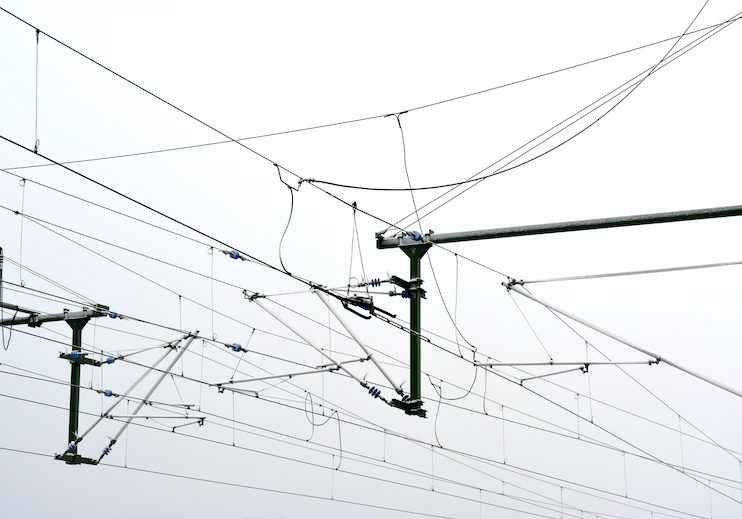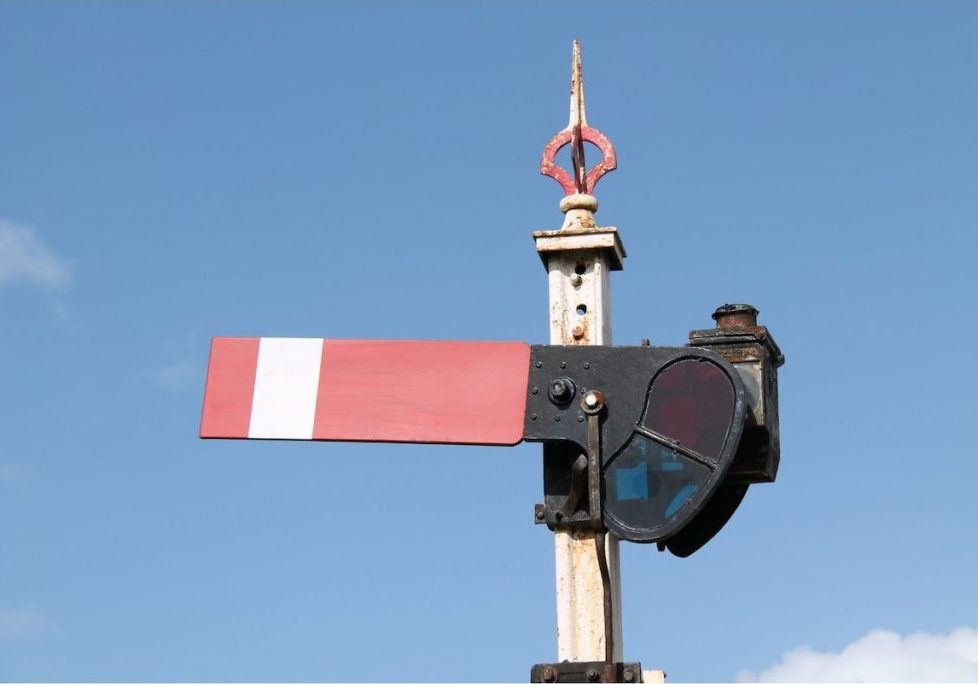How do railway signals work?

An important aspect of railway design, construction and safety is the signals deployed along the track. Signalling is a crucial part of the railway infrastructure and over the past decade, upgrades to signalling systems on railway networks around the world have helped to improve the overall safety of those rail networks, enabling trains to move safely around the network.
What is railway signalling?
Railway signalling is essentially a sophisticated traffic light system for the railway network. Here in New Zealand, we don’t have a huge rail network, however, we do have a busy network in and around a couple of our major cities, especially in Auckland.
In other countries, such as the UK or the USA, there are huge complexities with moving a huge number of passenger and freight trains around a huge network. A large network means lots of stations and it is around these stations that signalling becomes so important, especially from a safety perspective.
A signalling system has to ensure trains are kept safely apart as well as allowing for large stopping distances. That means you can’t simply turn a light to red and expect a train to stop like you would with a motor car.
The signalling system on rail networks are far more complicated than the traffic lights we are all familiar with on the roads to account for things like stopping distances and the system comprises of many parts.
When we talk about railway signalling, we are not simply talking about the light system you see on the side or railway tracks. These are simply the signals that form part of the signalling system. They tell drivers when to stop and go as well as informing them about the route they will take, however, the wider signalling system takes into account a lot of different variables including:
- Positioning of trains
- Controlling of the timetable
- Direction the trains will take
Within the signalling system, other systems are also at work to determine what movements are safe and a train protection system protects against driver errors.
How do railway signals work?
Many railway networks around the world are moving to a digital signalling system that will eventually see trackside signals replaced by in-cab signalling. This is already happening in countries like the UK and the USA, however, it is a slow roll-out process due to the size of their networks. Trackside signals will still be an integral part of railways networks for the considerable future, however, the move to a digital system will help to improve the overall safety of railway networks.
Currently, most signalling systems use trackside signals to control the safe movement of trains on a network as well as telling them where to go.
Most people think that the signals on a railway network are the same as the traffic light signals we see on the roads, however, despite some similarities, they are more complex and display more information to train drivers.
As well as telling them when to stop, go and slow down, the signals also indicate which route has been set up for the train and which way it must go. With the modern day signalling systems that are rolling out, this information is also displayed in the train cab.
The modern-day signalling systems are a far cry from the original signalling systems deployed on railway networks throughout the world. In the earliest days of the railway, policemen would stand on the road with flags to tell train drivers if the track ahead was clear. With no way of communicating to the next policeman along the track, this system relied on timings and ensuring they left enough time before letting the next one pass – not quite fool proof but effective.
This system was not a feasible option as network began to grow and so a mechanical semaphore signalling system was introduced. These signals were controlled by signalmen who could communicate with each other using lamps and bells. Signalmen were an important aspect of developing safer railway networks and whilst the need for signalmen has diminished, you will still find some of the mechanical semaphore signals on tracks around the world including the UK and USA.
Today’s modern signals typically use LED technology that help to reduce faults as well as extending the life of the signals.
How are railway signals powered?
Usually, signals and other equipment (such as track circuits and level crossing equipment), are powered from a low voltage supply.
The specific voltage varies with the country and equipment used.

The reason behind this is that the low voltage allows easy operation from storage batteries and indeed, in some parts of the world (and previously in many more locations, before the widespread adoption of electricity), batteries are the primary power source, as mains power may be unavailable at that location.
In urban built-up areas, the trend is now to power signal equipment directly from mains power, with batteries only as backup. (Source: Wikipedia)
How do train drivers know when a station is coming up?
A common misconception with today’s modern trains is that they “drive themselves” and the driver does not really have to do much. This couldn’t be further from the truth.
Whilst technology has undoubtedly changed the role of a train driver, there is no less skill involved today as there was historically. It is just a different set of skills that is required.
One thing that has changed is the speed at which trains can travel and drivers need to be highly skilled to understand the curves of the track and the speeds they should be travelling at to arrive safely at their destination.
They now have access to a lot more information in their cab and this helps them to determine when a station is approaching. They then need to use their skill, experience, and expertise to apply the brakes at the correct time.
How do train driver know where to stop?
Stopping a train is not like stopping a car. It takes a long time to slow down due to the size and weight and when the driver wants to stop at a station, he/she will often need to start slowing down a long time before they can see the point at which they will stop.
On approach to a station, there will be guided markers along the station to help a driver line up the doors and ensure the safe exit and entry aboard the train. There will also be positioning beacons that help drivers to come to rest at the exact stopping point at a station.
Railway design and construction
At Alpha Rail, our focus is always on safety. Removing or reducing risk wherever possible, improving health & safety systems, maintaining high quality standards, and protecting our environment. Our robust management systems support our construction team to safely deliver projects without compromise.
Whilst our primary focus in on railway design and construction, part of this involves the signalling along new sections of track or upgrades to existing signalling systems.
Continue reading
The evolution of railway electrification in New Zealand
Railways are one of the most efficient mode of transportation and have been crucial to the growth and expansion of many western countries. In fact, railways have been an integral part of the social and economic development of New Zealand since as far back as the 1860s. And, although this information has gone relatively unmarked…
Overhead Line Electrification (OLE) for Railways
Answers to your 5 most commonly asked questions While electric trains have been around in New Zealand since the early 1900s, they don’t often get much publicity. Consequently, we tend to take them for granted and have little idea of how electric railway systems actually work. Here at Alpha Rail, our goal is to increase…
How do railway signals work?
An important aspect of railway design, construction and safety is the signals deployed along the track. Signalling is a crucial part of the railway infrastructure and over the past decade, upgrades to signalling systems on railway networks around the world have helped to improve the overall safety of those rail networks, enabling trains to move…
Get in touch today
We understand all of the requirements and don't produce
anything that can't be built.
EXPLORE THE SITE
CONTACT US
PO Box 71050, Rosebank, Auckland, 1348
© Copyright 2024 - Alpha Rail Ltd.



